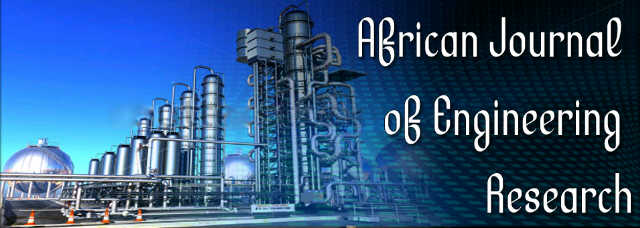Online monitoring and accidents diagnosis system for research reactors
Magy Mohamed KandilAfrican Journal of Engineering Research
Published: January 8 2015
Volume 3, Issue 1
Pages 1-13
Abstract
In a nuclear research reactors plant, a fault can occur in a few milliseconds, so locating the fault might be of utmost importance due to safety, and other important reasons. Accordingly, there is an increasing demand for automated systems to diagnose such failures. This paper proposes a new hybrid algorithm which considered as a novel method to detect faults in Egyptian research reactor in real-time. The new hybrid algorithm generates and processes many common faults by recognizing and modeling evolution in stochastic phenomenon. It focuses on detection of fault in data sequences by optimizing the back-propagation algorithm (BP), to determine the different common faults. Both differential evolution (DE) algorithms and neural networks, which are inspired by computation in biological systems, are emerged as established techniques for optimization and learning. So, this paper presents a software implementation of a neural network that had been optimized by Differential Evolution Algorithm to obtain the optimum construction of back-propagation algorithm (OBP). The new hybrid algorithm diagnoses the Multi-Purpose Research Reactor of Egypt accidents patterns, to avoid the risk of occurrence of a nuclear accident. Experimental results show that the proposed algorithm is very successful in detecting faults.
Keywords: Differential evolution algorithms, accidents, Egyptian research reactor, artificial neural networks, differential evolution algorithm, fault diagnosis.
Full Text PDF
